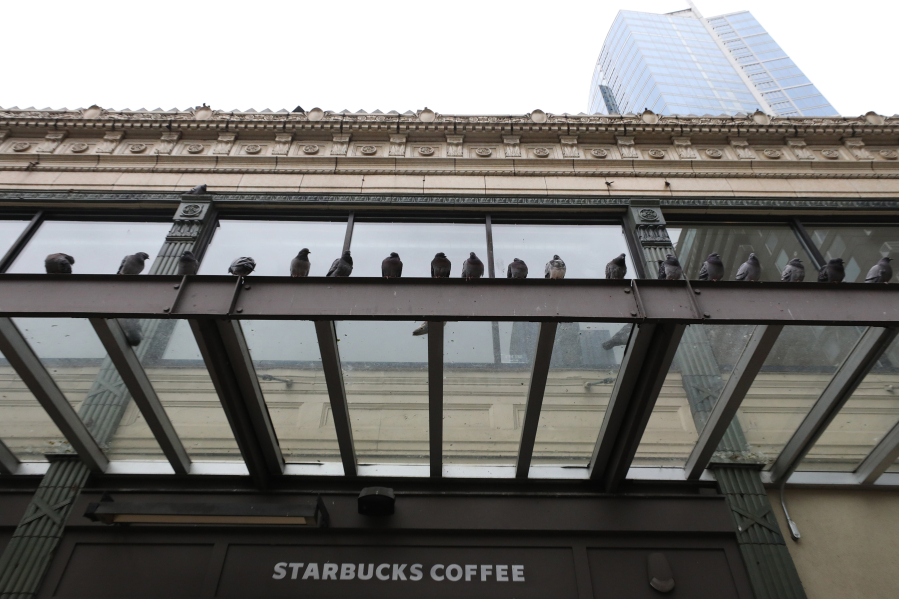SEATTLE – Here’s a pigeon theory: Beneath all that cooing and head-bobbing and snack-hoovering lie piles of seething rage.
Those of you who fail to spend much time in deep pigeon thought – and this is basically everybody – sit down here on the park bench, and consider: If the ubiquitous birds often defamed as the “flapping rats of the skies” were able to speak – and perhaps appear at a large-scale, communal pigeon event, such as an avian political convention – the acceptance speech would be fairly predictable.
“Each and every one of us,” the demagogic pigeon would intone, furrowing its feathery brow and waving a single wing awash with peanut-butter smears, Slurpee stains and popcorn husks in a sweeping motion at the brood amassed beneath a bridge or roofline, “has been treated terribly unfairly!”
“And we’re not going to take it anymore.”
A mass airing of pigeon grievances surely would commence, followed by calls for vengeful actions against mankind, including, but not limited to, strategic bombing runs at local weddings, picnics and newly established, pandemic-era outdoor dining areas.



